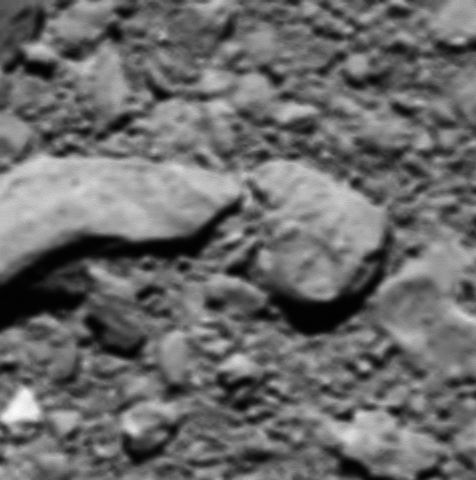Boeing delays first manned Starliner flight
Capitalism in space: It appears that Boeing has pushed back the first manned flight of its Starliner capsule from August 2018 to early 2019.
In an interview at the conference, Ferguson said that the company’s current schedule calls for a pad abort test at White Sands Missile Range in New Mexico in the second quarter of 2018. That would be followed by an uncrewed orbital test flight of the vehicle, launched on an Atlas V, in the third quarter of 2018. “If the results of that are very favorable,” he said of the uncrewed flight test, “our crewed flight test is fourth quarter — perhaps, depending on the outcome, maybe the first quarter of the following year.”
This schedule appears to be an overall three to five month delay in their program.
Capitalism in space: It appears that Boeing has pushed back the first manned flight of its Starliner capsule from August 2018 to early 2019.
In an interview at the conference, Ferguson said that the company’s current schedule calls for a pad abort test at White Sands Missile Range in New Mexico in the second quarter of 2018. That would be followed by an uncrewed orbital test flight of the vehicle, launched on an Atlas V, in the third quarter of 2018. “If the results of that are very favorable,” he said of the uncrewed flight test, “our crewed flight test is fourth quarter — perhaps, depending on the outcome, maybe the first quarter of the following year.”
This schedule appears to be an overall three to five month delay in their program.


